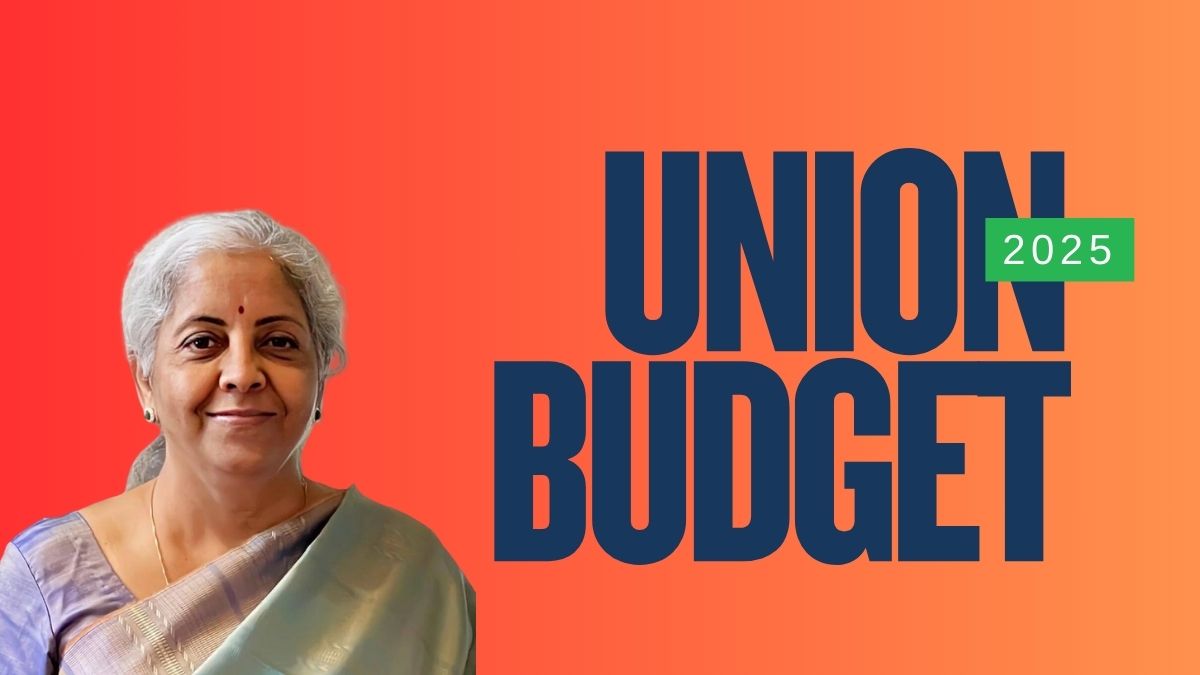Finance Minister Nirmala Sitharaman began her eighth consecutive budget presentation on February 1, 2025, emphasizing the government’s sustained efforts to accelerate growth, secure inclusive development, and boost household sentiment. The budget speech, presented in Parliament at 11 a.m., aims to uplift India’s economic prospects while remaining fiscally disciplined.
This year’s budget comes at a time when India’s economy is projected to grow between 6.3% and 6.8% in 2025-26, according to the Economic Survey for 2024-25. The survey, tabled in Parliament on January 31, reflects optimism regarding India’s post-pandemic recovery but emphasizes the need for sustained reforms to achieve long-term economic stability.
During the budget speech, Sitharaman announced power sector reforms as a key part of the government’s focus on ensuring reliable and affordable electricity, improving transmission infrastructure, and promoting clean energy. The reforms aim to boost renewable energy investments and enhance efficiency in power distribution across states.
The government has also unveiled plans to set up an Urban Challenge Fund worth ₹1 lakh crore for FY26. This initiative will support sustainable and inclusive urban development, focusing on housing, infrastructure, and smart city projects.
Transformative Reforms Across Six Key Domains:
To achieve the vision of Viksit Bharat (Developed India), the budget outlines key reforms across six critical domains:
- Taxation: Simplification of tax processes, enhanced compliance measures, and promoting ease of doing business.
- Power sector: Reforms to improve distribution, promote renewable energy, and modernize grid infrastructure.
- Urban development: Strategic investments through the ₹1 lakh crore fund to enhance urban living standards.
- Mining: Policy adjustments to promote sustainable mining practices and unlock resource potential.
- Financial sector: Reforms aimed at expanding credit access, strengthening financial institutions, and boosting private sector investments.
- Regulatory reforms: Enhancing transparency and efficiency in governance through simplified regulations.
These initiatives are expected to pave the way for long-term, sustainable growth and create a resilient framework to meet India’s development goals by 2047, the centenary year of independence.


